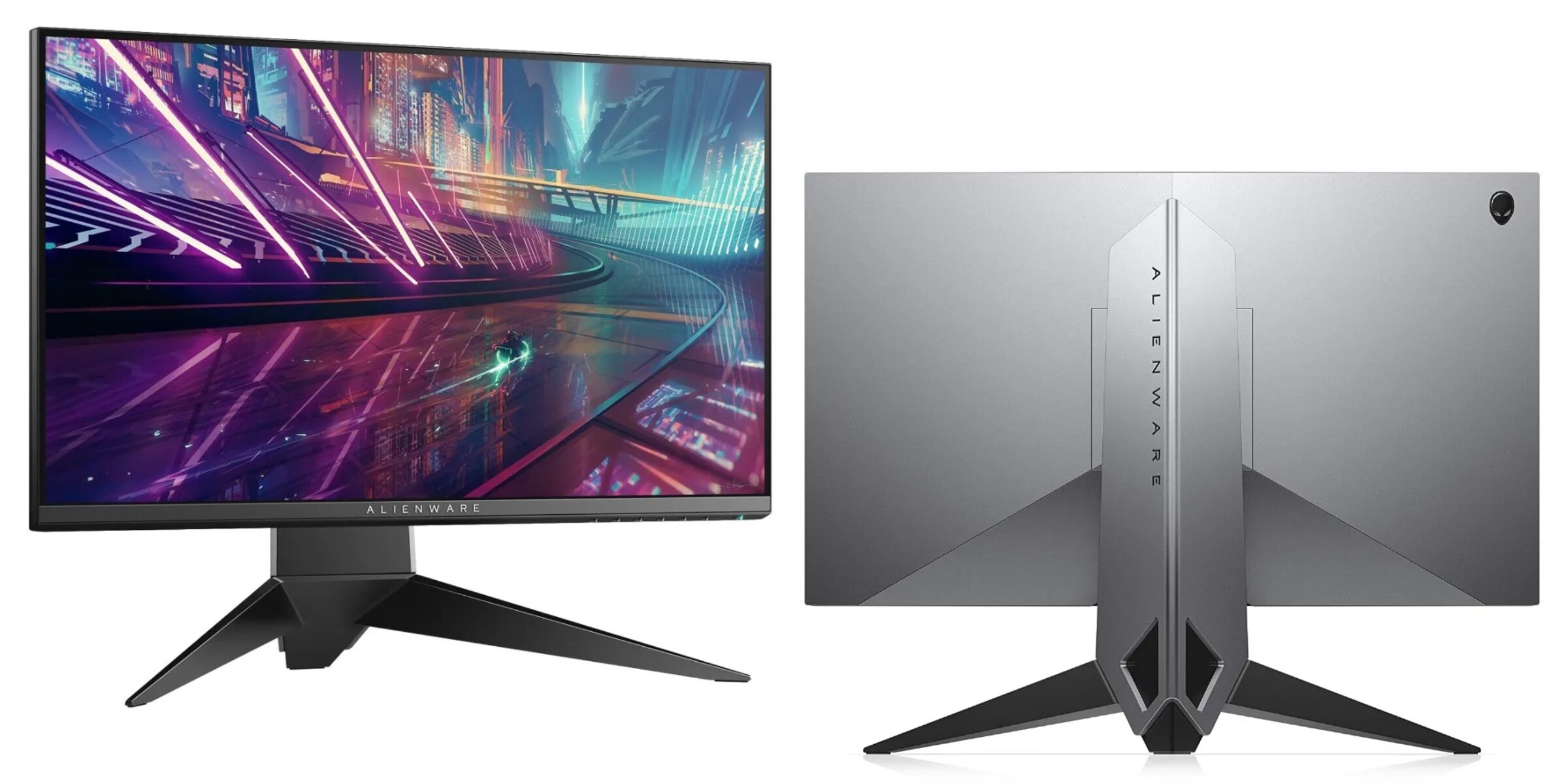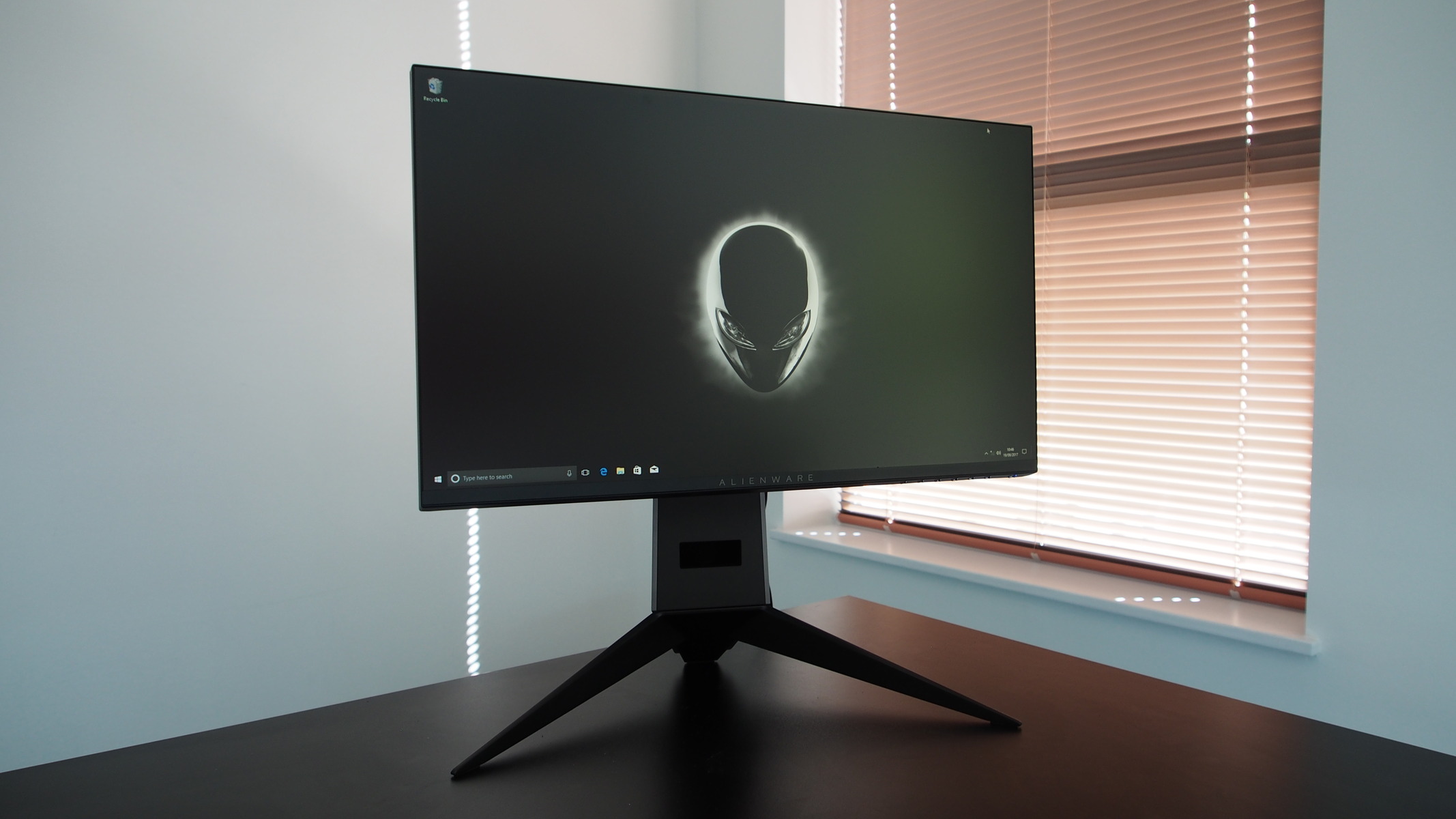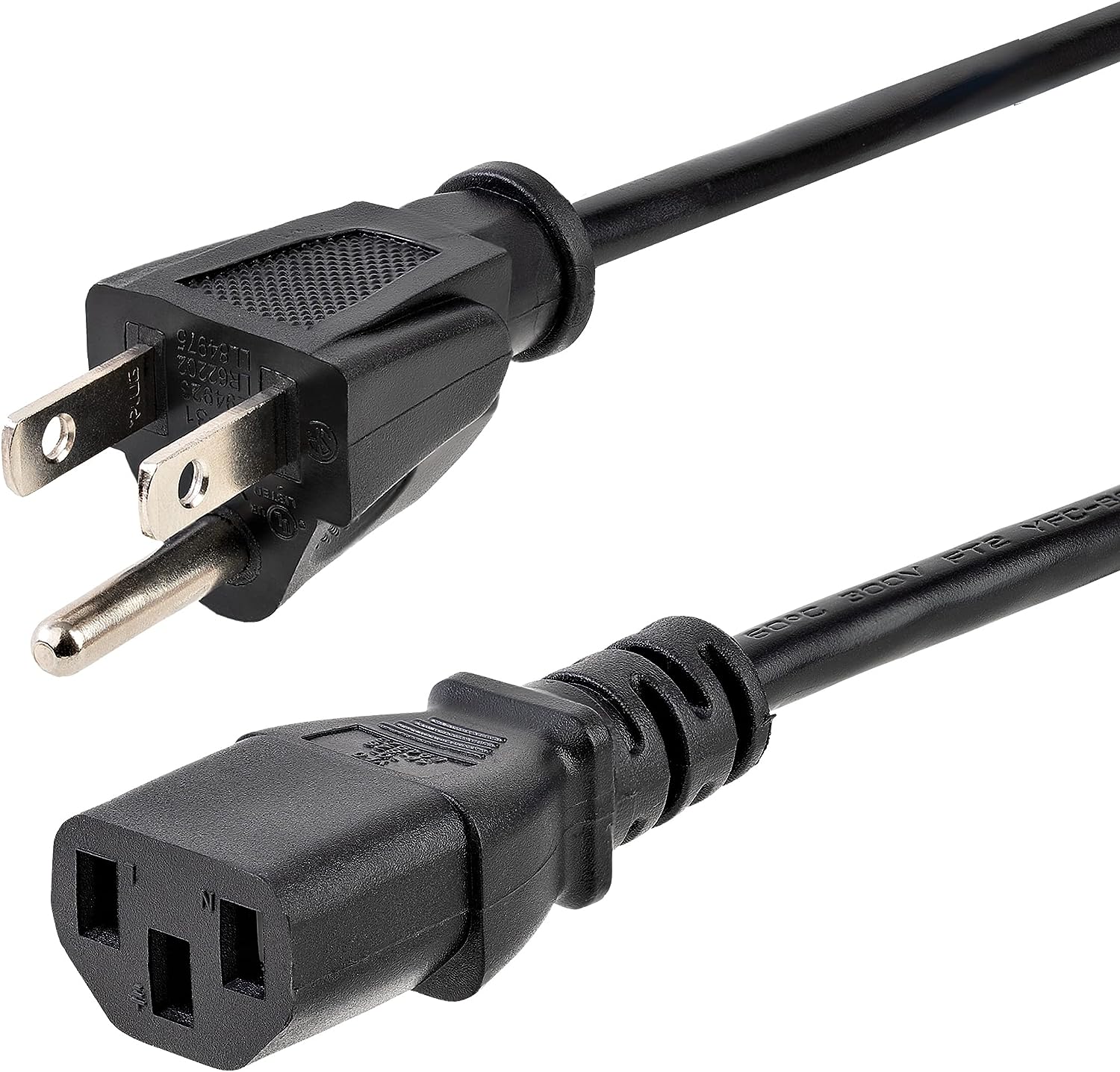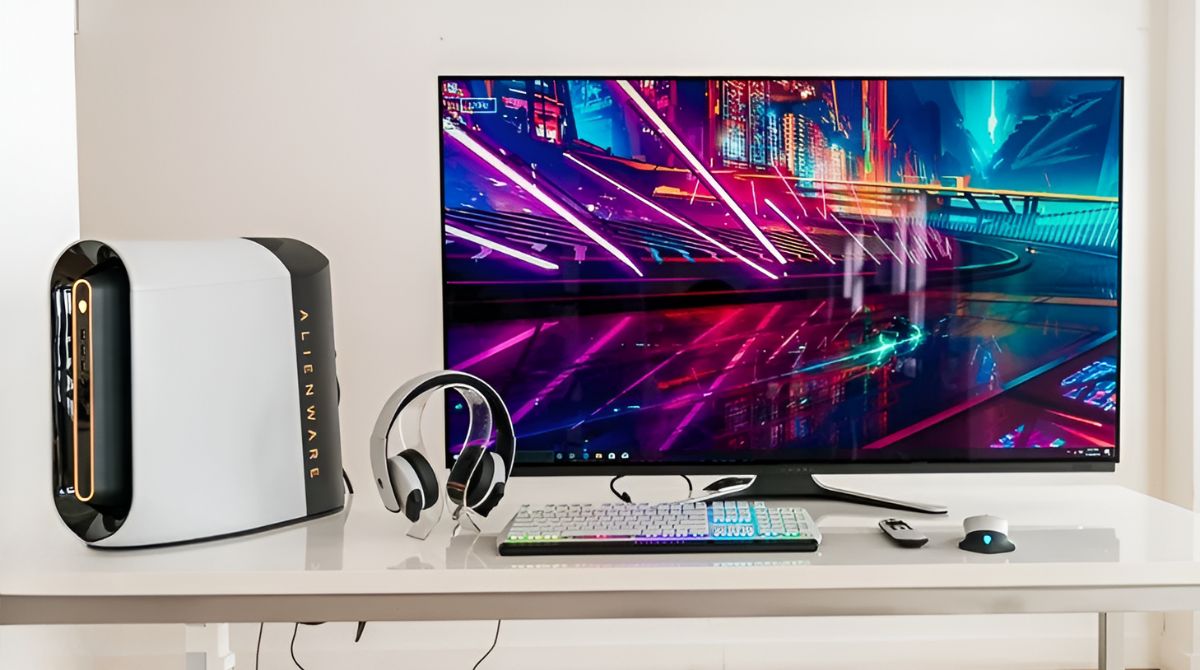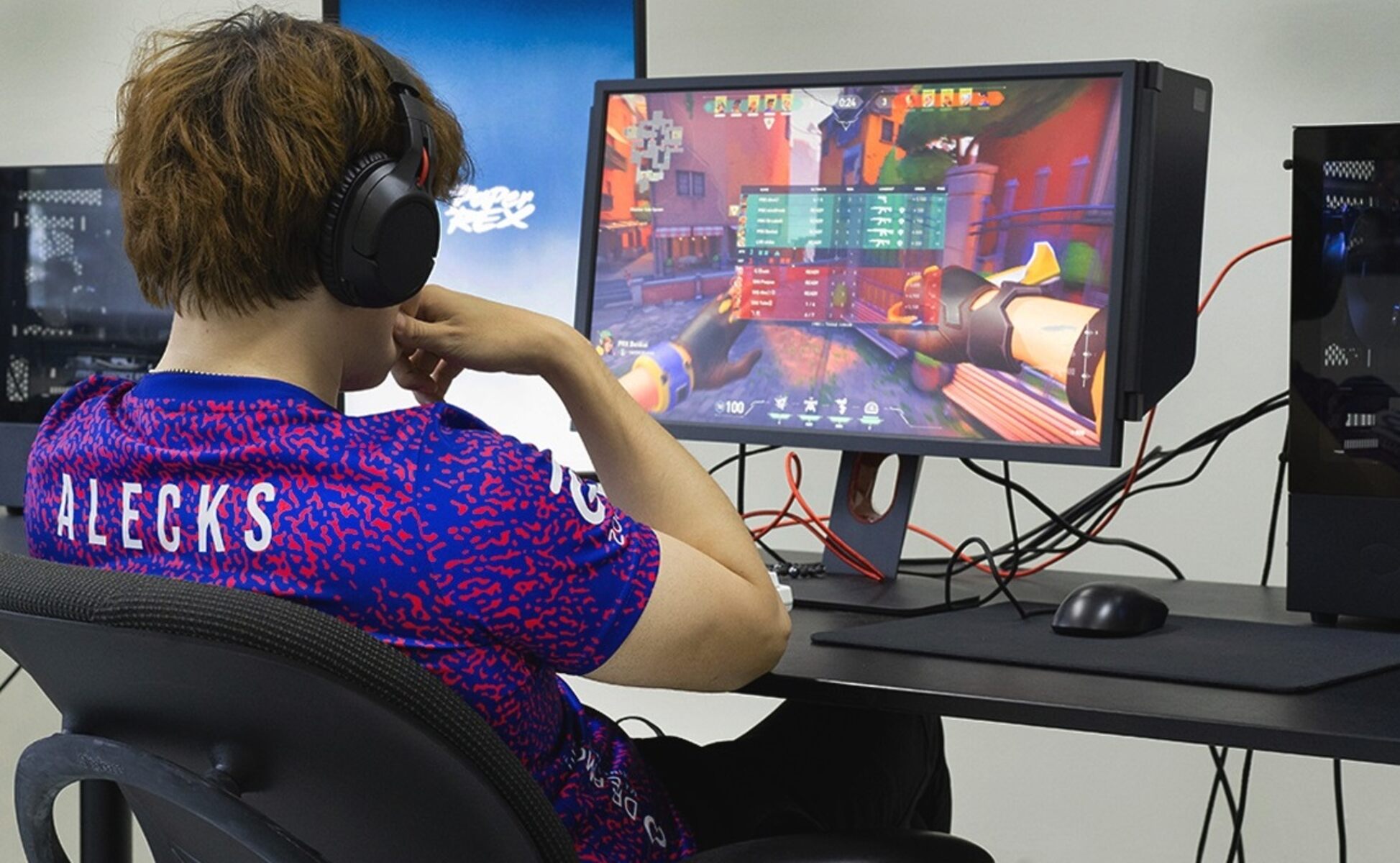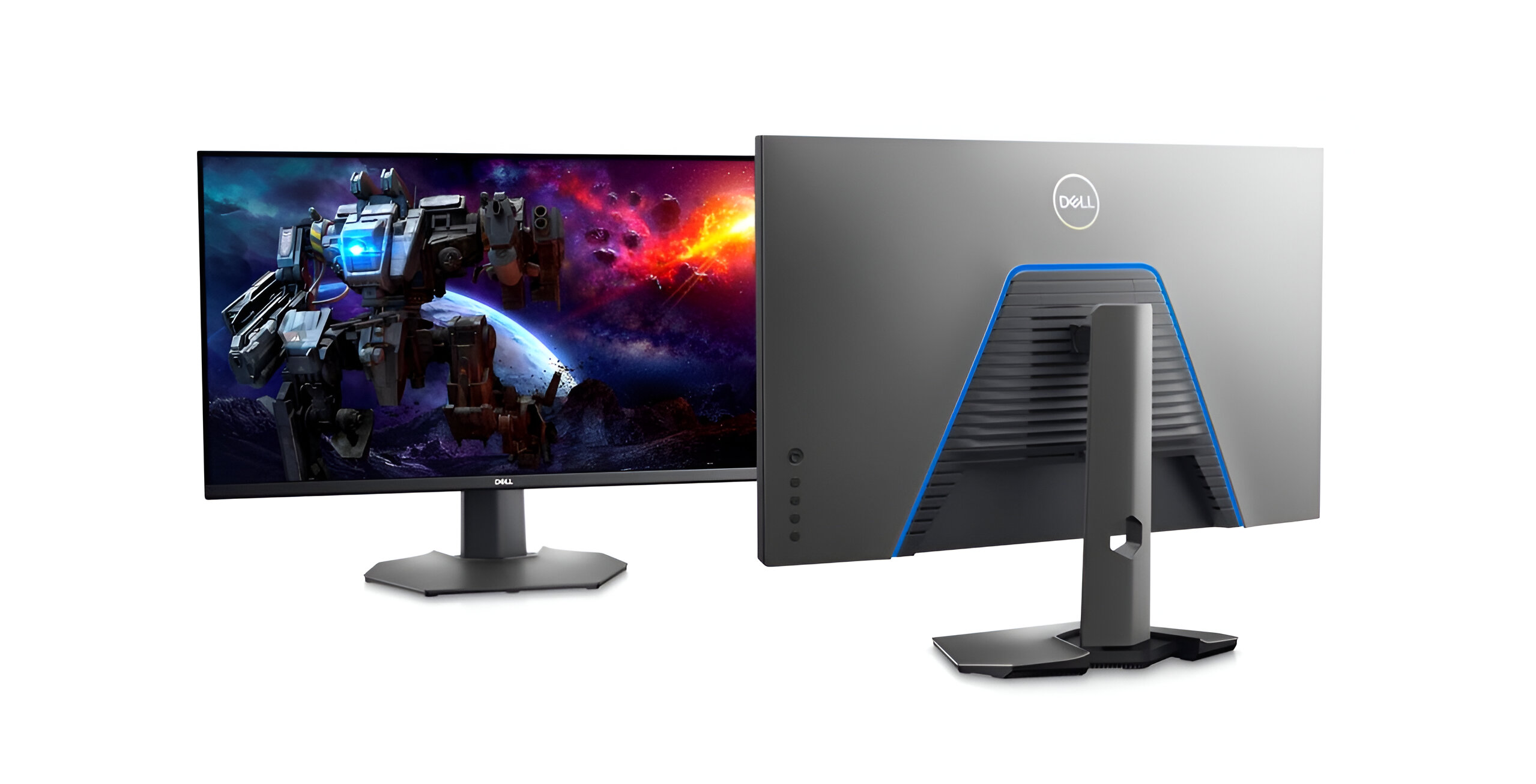Introduction
Introduction
When it comes to gaming, having the right equipment can make all the difference. One crucial piece of hardware that often gets overlooked is the monitor. The Alienware 25 Gaming Monitor – AW2518HF is a popular choice among gaming enthusiasts, known for its impressive display and high refresh rate. However, when it comes to connecting your gaming console or PC to the monitor, you may find yourself wondering: which HDMI version should you use?
In this article, we will explore the differences between HDMI 1.4 and HDMI 2.0 and help you determine which HDMI version is best suited for the Alienware 25 Gaming Monitor. By understanding the capabilities and limitations of each HDMI version, you can make an informed decision to enhance your gaming experience.
We will discuss the features and technical specifications of HDMI 1.4 and HDMI 2.0, as well as the benefits and limitations that each version offers. By the end of this article, you will have a clear understanding of which HDMI version is the right choice for your Alienware 25 Gaming Monitor.
HDMI 1.4 vs HDMI 2.0: What’s the Difference?
Before we dive into the specifics of each HDMI version, let’s first explore the key differences between HDMI 1.4 and HDMI 2.0.
HDMI 1.4 is an older version of the HDMI standard, which was introduced in 2009. It supports a maximum resolution of 1080p (1920 x 1080 pixels) at a refresh rate of 60Hz. This means it can handle Full HD content, making it a suitable choice for most gaming setups. HDMI 1.4 also supports 3D content, and it includes an Audio Return Channel (ARC) feature, allowing audio to be sent back from the TV to a connected audio system.
On the other hand, HDMI 2.0 is a newer version that was released in 2013. It offers improved capabilities over HDMI 1.4, including support for higher resolutions and refresh rates. HDMI 2.0 can handle 4K Ultra HD content (3840 x 2160 pixels) at a refresh rate of 60Hz, providing a more immersive and detailed gaming experience. It also supports 3D content and includes an improved ARC feature called Enhanced Audio Return Channel (eARC), which offers higher audio quality and support for advanced audio formats.
In addition, HDMI 2.0 has increased bandwidth, allowing for the transmission of higher-quality video and audio signals. It supports features like High Dynamic Range (HDR), which enhances the contrast and color range of the display, resulting in more vibrant and realistic visuals. HDMI 2.0 also supports up to 32 audio channels and offers better compatibility with newer devices and technologies.
Overall, HDMI 2.0 offers significant improvements in terms of resolution, refresh rate, audio quality, and compatibility compared to HDMI 1.4. However, it’s important to note that the Alienware 25 Gaming Monitor has its own specifications and limitations, which we will explore in the following sections.
Understanding HDMI 1.4
HDMI 1.4 is a widely used HDMI version, known for its compatibility and support for Full HD content. Let’s take a closer look at the features and technical specifications of HDMI 1.4.
HDMI 1.4 supports a maximum resolution of 1080p at a 60Hz refresh rate, making it an excellent choice for gaming at high-definition settings. It can deliver crystal-clear video quality with vibrant colors, sharp details, and fluid motion. This is ideal for gamers who prioritize smooth gameplay and immersive visuals.
In addition to video capabilities, HDMI 1.4 supports up to 8 audio channels, allowing for surround sound enjoyment. The inclusion of the ARC feature enables the transmission of audio from the TV to a connected audio system without the need for an additional audio cable.
One of the notable features of HDMI 1.4 is its support for 3D content. If you have a 3D-capable gaming console or Blu-ray player, HDMI 1.4 can deliver immersive 3D imagery to your monitor, bringing your games and movies to life.
Although HDMI 1.4 provides excellent performance for Full HD content, it does have some limitations. It does not support higher resolutions like 4K Ultra HD, so if you plan on gaming in 4K, HDMI 1.4 may not be the best choice. Additionally, HDMI 1.4 has a limited bandwidth compared to HDMI 2.0, which means it may not be able to transmit certain advanced audio formats or video features like High Dynamic Range (HDR).
However, for most gaming setups that prioritize Full HD gaming and regular audio needs, HDMI 1.4 is a reliable option. It offers a stable and compatible connection, ensuring a seamless gaming experience.
Understanding HDMI 2.0
HDMI 2.0 is a more advanced version of the HDMI standard, offering enhanced capabilities and improved support for higher resolutions and refresh rates. Let’s delve into the features and technical specifications of HDMI 2.0.
One of the standout features of HDMI 2.0 is its ability to support 4K Ultra HD content. With a maximum resolution of 3840 x 2160 pixels, HDMI 2.0 can deliver stunningly detailed visuals with exceptional clarity and sharpness. This is particularly appealing for gamers who want to experience their games in the highest possible resolution.
In addition to the increased resolution, HDMI 2.0 also supports a 60Hz refresh rate at 4K resolution, ensuring smooth and fluid gameplay. This higher refresh rate reduces motion blur and enhances the overall gaming experience.
HDMI 2.0 offers improved audio capabilities as well. It can support up to 32 audio channels, allowing for immersive audio experiences with high-quality sound effects and multi-channel surround sound setups. The Enhanced Audio Return Channel (eARC) feature included in HDMI 2.0 enables the transmission of advanced audio formats, ensuring audio quality is not compromised.
An important feature of HDMI 2.0 is its support for High Dynamic Range (HDR). HDR enhances the contrast, color accuracy, and brightness of the display, resulting in more lifelike and vibrant visuals. Gamers can enjoy games with richer colors, deeper blacks, and brighter highlights, adding a new level of visual immersion to their gaming experience.
While HDMI 2.0 offers impressive capabilities, it’s essential to consider the compatibility of your gaming console or PC and the Alienware 25 Gaming Monitor. Not all devices and monitors may fully utilize the HDMI 2.0 features, so it’s crucial to ensure compatibility between your gaming setup and monitor.
Overall, HDMI 2.0 provides gamers with advanced features and support for higher resolutions, refresh rates, and audio quality. If you want to push the boundaries of visual and audio fidelity in your gaming experience, HDMI 2.0 is the way to go.
Choosing the Right HDMI Version for the Alienware 25 Gaming Monitor
Now that we understand the differences between HDMI 1.4 and HDMI 2.0, let’s discuss which HDMI version is the right choice for the Alienware 25 Gaming Monitor.
The Alienware 25 Gaming Monitor supports both HDMI 1.4 and HDMI 2.0, providing you with flexibility and options for connecting your gaming console or PC. However, it’s crucial to consider the specifications of your gaming device and the capabilities of the monitor.
If you primarily play games at Full HD resolution and your gaming device only supports HDMI 1.4, using an HDMI 1.4 cable would be sufficient. HDMI 1.4 can deliver excellent visual quality and audio performance for Full HD gaming, ensuring smooth and immersive gameplay.
On the other hand, if you want to take full advantage of the Alienware 25 Gaming Monitor’s capabilities, such as gaming in 4K Ultra HD resolution or experiencing HDR visuals, then HDMI 2.0 is the recommended choice. HDMI 2.0 allows you to unlock the full potential of the monitor by delivering higher resolutions, superior refresh rates, and advanced features like HDR and enhanced audio quality.
It’s important to note that HDMI cables are backward-compatible. This means that you can use an HDMI 2.0 cable with an HDMI 1.4 device, but you will only benefit from the capabilities of HDMI 1.4. Similarly, using an HDMI 1.4 cable with an HDMI 2.0 device will limit the capabilities to HDMI 1.4 specifications.
When choosing the right HDMI version for the Alienware 25 Gaming Monitor, consider the compatibility of your gaming device, the resolutions and features you want to enjoy, and the capabilities of the monitor itself. By matching the HDMI version to your specific needs, you can optimize your gaming experience and enjoy the best possible visuals and audio.
Benefits and Limitations of HDMI 1.4 for the Alienware 25 Gaming Monitor
Using HDMI 1.4 with the Alienware 25 Gaming Monitor offers several benefits, but it also comes with a few limitations. Let’s examine the advantages and drawbacks of HDMI 1.4 for this gaming monitor.
One of the significant benefits of HDMI 1.4 is its compatibility. The Alienware 25 Gaming Monitor supports HDMI 1.4, ensuring a seamless connection between your gaming console or PC. This compatibility allows you to enjoy Full HD gaming at a 1080p resolution with a 60Hz refresh rate, delivering crisp visuals and smooth gameplay.
HDMI 1.4 also supports the transmission of audio using the Audio Return Channel (ARC), eliminating the need for a separate audio cable when connecting the monitor to an audio system. This feature simplifies the setup process and reduces cable clutter.
Furthermore, HDMI 1.4 offers support for 3D content, allowing you to experience games and movies in immersive three-dimensional visuals. This feature can enhance the excitement and depth perception in supported games and entertainment media.
However, HDMI 1.4 does have its limitations. It does not support higher resolutions like 4K Ultra HD, limiting the visual capabilities of the Alienware 25 Gaming Monitor. If you desire the utmost detail and clarity in your gaming experience, HDMI 1.4 may fall short. Additionally, HDMI 1.4 has a limited bandwidth, which means it may not support certain advanced audio formats or video features like High Dynamic Range (HDR).
It’s important to consider these limitations when deciding if HDMI 1.4 is suitable for your gaming needs. If you primarily game in Full HD resolution and don’t require advanced features like 4K or HDR, HDMI 1.4 is a reliable choice. It offers compatibility, stable performance, and support for essential gaming features.
Ultimately, the adoption of HDMI 1.4 depends on the specific requirements and preferences of your gaming setup. Assess your desired resolution, refresh rate, and audio needs to determine if HDMI 1.4 aligns with your expectations for the Alienware 25 Gaming Monitor.
Benefits and Limitations of HDMI 2.0 for the Alienware 25 Gaming Monitor
Opting for HDMI 2.0 with the Alienware 25 Gaming Monitor brings forth a multitude of benefits, along with a few limitations. Let’s delve into the advantages and drawbacks of HDMI 2.0 for this gaming monitor.
HDMI 2.0 offers a significant advantage in terms of higher resolutions and refresh rates. The Alienware 25 Gaming Monitor can unleash its full potential with HDMI 2.0, supporting 4K Ultra HD resolution (3840 x 2160 pixels) at a smooth 60Hz refresh rate. This capability ensures incredibly detailed visuals and reduces motion blur, resulting in a more immersive and lifelike gaming experience.
In addition to the increased resolution, HDMI 2.0 supports a broader range of colors and contrast through High Dynamic Range (HDR) technology. HDR enhances the display’s color accuracy, brightness, and contrast, creating more vibrant and realistic visuals. This feature allows gamers to enjoy games with stunning visuals and improved depth perception.
HDMI 2.0 also boasts superior audio capabilities. It can support up to 32 audio channels, allowing for immersive and high-quality sound experiences. With the Enhanced Audio Return Channel (eARC) feature, HDMI 2.0 can transmit advanced audio formats, ensuring that the audio quality matches the superior visuals.
One limitation of HDMI 2.0 is its reliance on compatible devices and cables. To fully utilize the HDMI 2.0 features, your gaming device needs to support HDMI 2.0 as well. Moreover, you need HDMI 2.0 cables to ensure a proper connection and enable the transmission of higher resolutions, refresh rates, and advanced audio formats.
Considering the benefits and limitations of HDMI 2.0, this HDMI version is an excellent choice for gamers who seek top-of-the-line visual quality and immersive gameplay. It unlocks the full potential of the Alienware 25 Gaming Monitor, providing stunning 4K visuals, HDR compatibility, and immersive audio experiences.
However, if you primarily game at lower resolutions or your gaming device does not support HDMI 2.0, the benefits of HDMI 2.0 may not be fully realized. In such cases, it’s important to consider your specific gaming needs and evaluate if HDMI 2.0 aligns with your requirements.
Ultimately, the decision to opt for HDMI 2.0 depends on factors such as desired resolution, refresh rate, and compatibility with your gaming setup. Assessing these factors will guide you in determining if HDMI 2.0 is the right fit for your gaming needs with the Alienware 25 Gaming Monitor.
Conclusion
Choosing the right HDMI version for the Alienware 25 Gaming Monitor is essential to maximize your gaming experience. Both HDMI 1.4 and HDMI 2.0 have their advantages and limitations, and understanding these differences can help you make an informed decision.
HDMI 1.4 offers compatibility, stability, and support for Full HD gaming with a 1080p resolution and 60Hz refresh rate. It is a reliable choice for gamers who prioritize a smooth gameplay experience without the need for higher resolutions or advanced features like HDR.
On the other hand, HDMI 2.0 provides superior capabilities, including support for 4K Ultra HD resolution, a 60Hz refresh rate, HDR visuals, enhanced color range, and improved audio quality. It brings a more immersive and lifelike gaming experience, making it the preferred choice for gamers who want to push the boundaries of visual and audio fidelity.
When making your decision, consider the specifications of your gaming device, the resolutions and features you desire, and the compatibility of your gaming setup with the Alienware 25 Gaming Monitor.
Remember that HDMI cables are backward-compatible, allowing you to use HDMI 1.4 cables with HDMI 2.0 devices, or vice versa. However, it’s important to note that using an HDMI 1.4 cable with an HDMI 2.0 device restricts you to HDMI 1.4 capabilities.
Ultimately, the choice between HDMI 1.4 and HDMI 2.0 depends on your specific gaming needs and preferences. Assess the resolution, refresh rate, and advanced features you desire, and match them with the HDMI version that aligns best with your requirements.
By selecting the appropriate HDMI version for the Alienware 25 Gaming Monitor, you can optimize your gaming setup, enjoy stunning visuals, and immerse yourself in the thrilling world of gaming.







